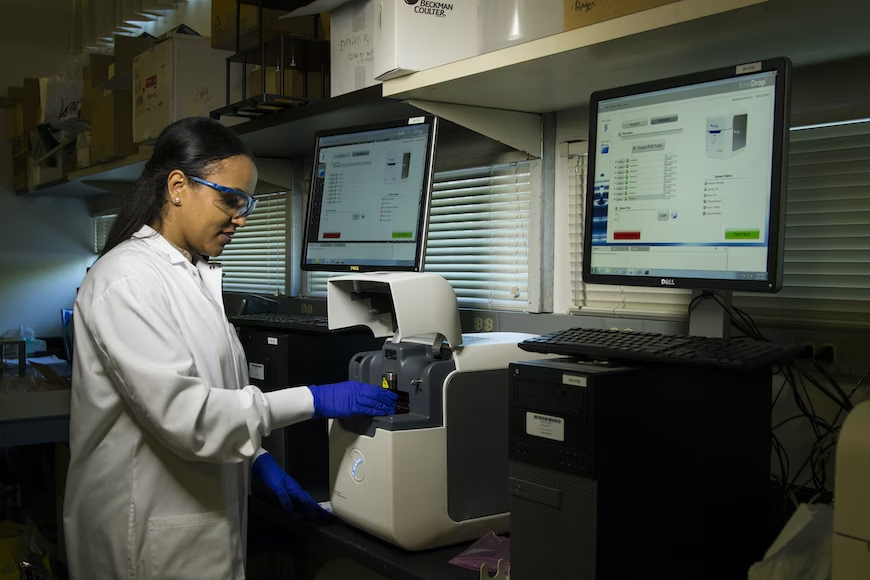- nethajimocdoc
- Jun 28, 2023
- 2 min read
Updated: Dec 27, 2023

Accurate and precise measurements are essential in laboratory settings to ensure the reliability and validity of experimental results. Measuring precision and accuracy allows scientists and researchers to evaluate the quality of their data, identify potential sources of error, and improve overall laboratory performance. A laboratory management system (LMS) plays a crucial role in facilitating the measurement and assessment of precision and accuracy. In this article, we will explore how a laboratory management system can be used to measure and enhance precision and accuracy in a laboratory setting.
Standard Operating Procedures (SOPs) and Protocols: Developing and implementing standardized operating procedures and protocols is the foundation for measuring precision and accuracy. A laboratory management system enables the creation and documentation of SOPs, ensuring consistent and uniform procedures across experiments. By following standardized protocols, scientists can minimize variability and increase the accuracy and precision of their measurements.
Calibration and Quality Control: Regular calibration of laboratory equipment is essential for maintaining accuracy. A laboratory management system facilitates the tracking and scheduling of equipment calibration, ensuring that instruments are properly maintained and providing accurate measurements. Additionally, the system can integrate quality control measures to monitor instrument performance, identify deviations, and take corrective actions promptly.
Data Management and Analysis: Accurate data management is crucial for assessing precision and accuracy. A laboratory management system allows for efficient data recording, storage, and analysis. By using the system's data management capabilities, scientists can track and analyze measurement data, identify trends, and evaluate the consistency and repeatability of results. The system can generate statistical reports and provide visual representations of data, facilitating the identification of outliers and potential errors.
Inter-laboratory Comparison: Participating in inter-laboratory comparison programs is an effective way to measure precision and accuracy. A laboratory management system can facilitate the organization and management of inter-laboratory comparison activities. It enables the seamless exchange of data with other laboratories, allowing scientists to compare their results with those obtained by other facilities. This collaborative approach provides valuable insights into the precision and accuracy of laboratory measurements.
Continuous Improvement and Training: Ongoing training and development of laboratory personnel are essential for maintaining high levels of precision and accuracy. A laboratory management system can support training initiatives by providing access to standardized procedures, documentation, and resources. It can also track and record training activities, ensuring that staff members are up-to-date with the latest techniques and practices. Continuous improvement programs, supported by the laboratory management system, encourage feedback, identify areas for improvement, and implement corrective actions to enhance precision and accuracy.
In conclusion, measuring precision and accuracy in a laboratory is crucial for ensuring reliable experimental results. A laboratory management system serves as a valuable tool in this process, offering features such as standardized protocols, calibration, quality control management, efficient data management and analysis, inter-laboratory comparison capabilities, and training support. By leveraging the functionalities of a laboratory management system, scientists can effectively measure, evaluate, and enhance precision and accuracy, ultimately improving the quality of their research and scientific contributions.

